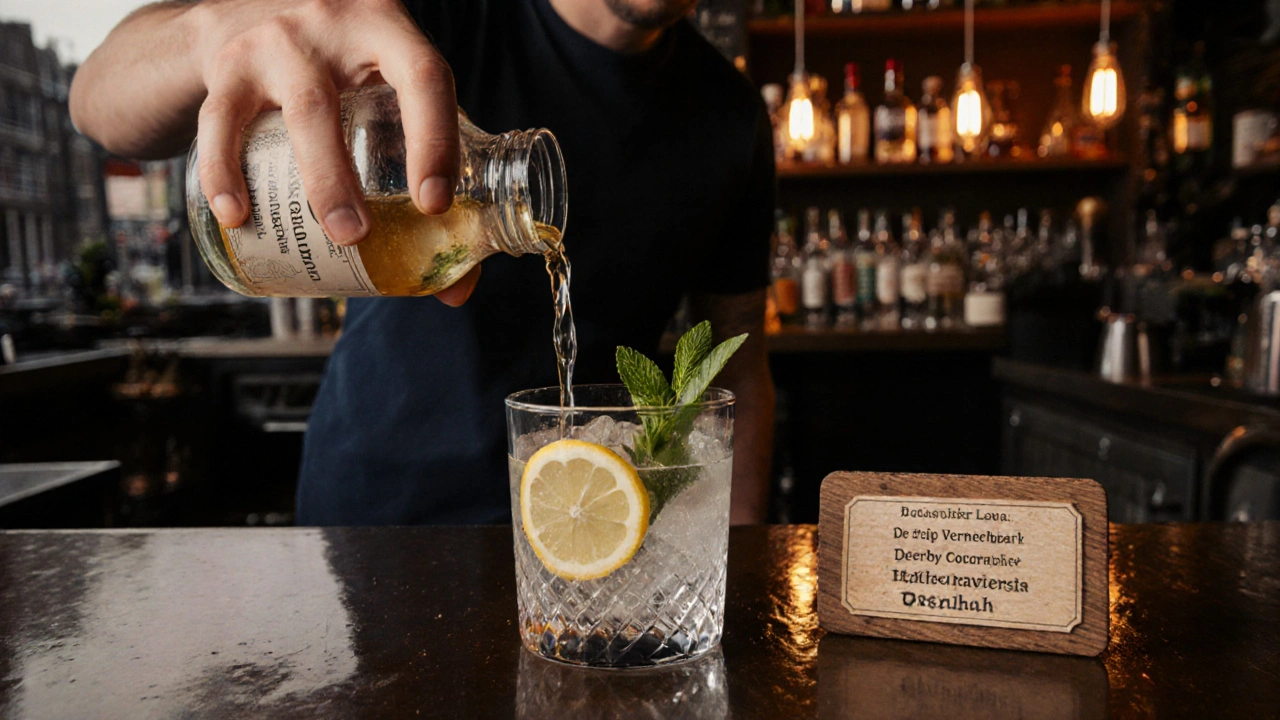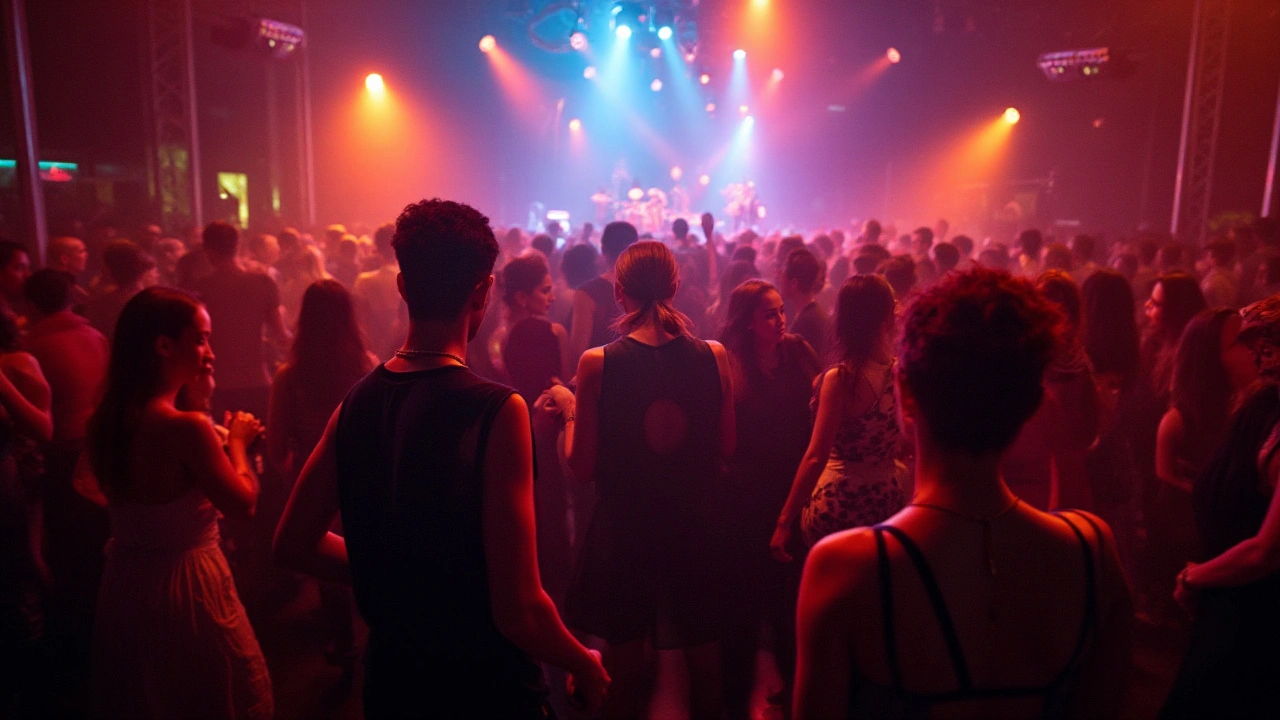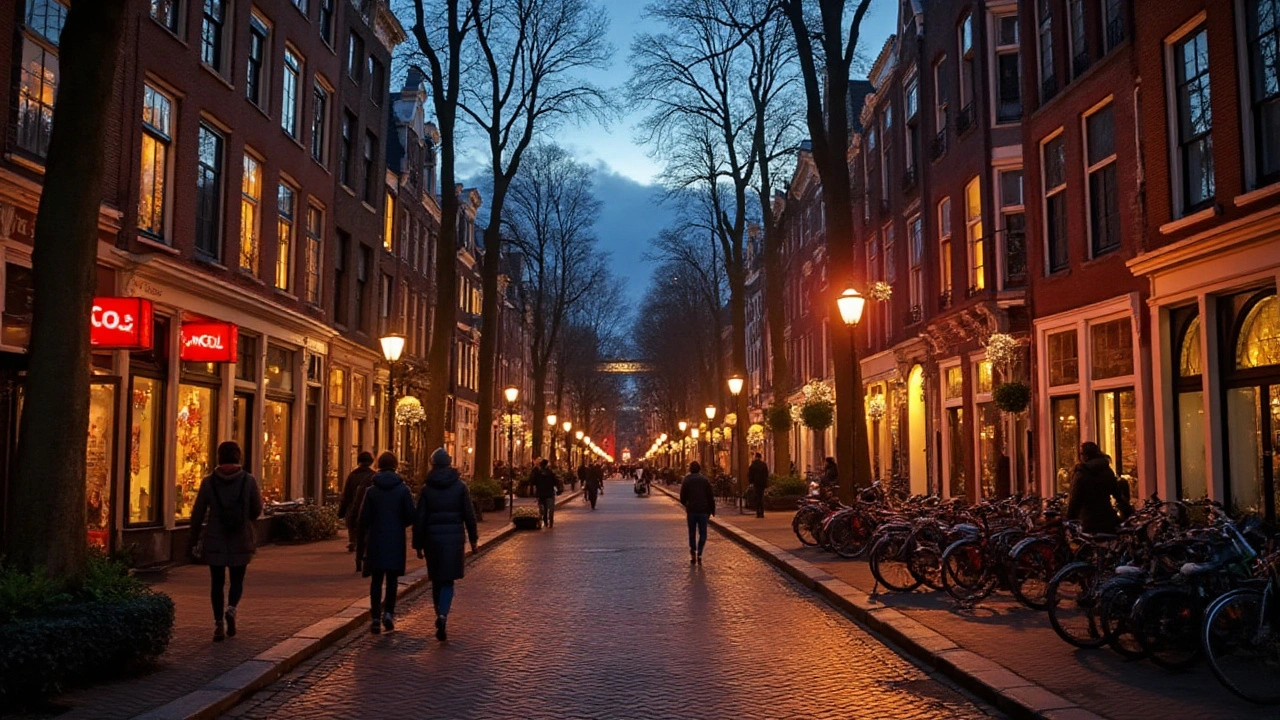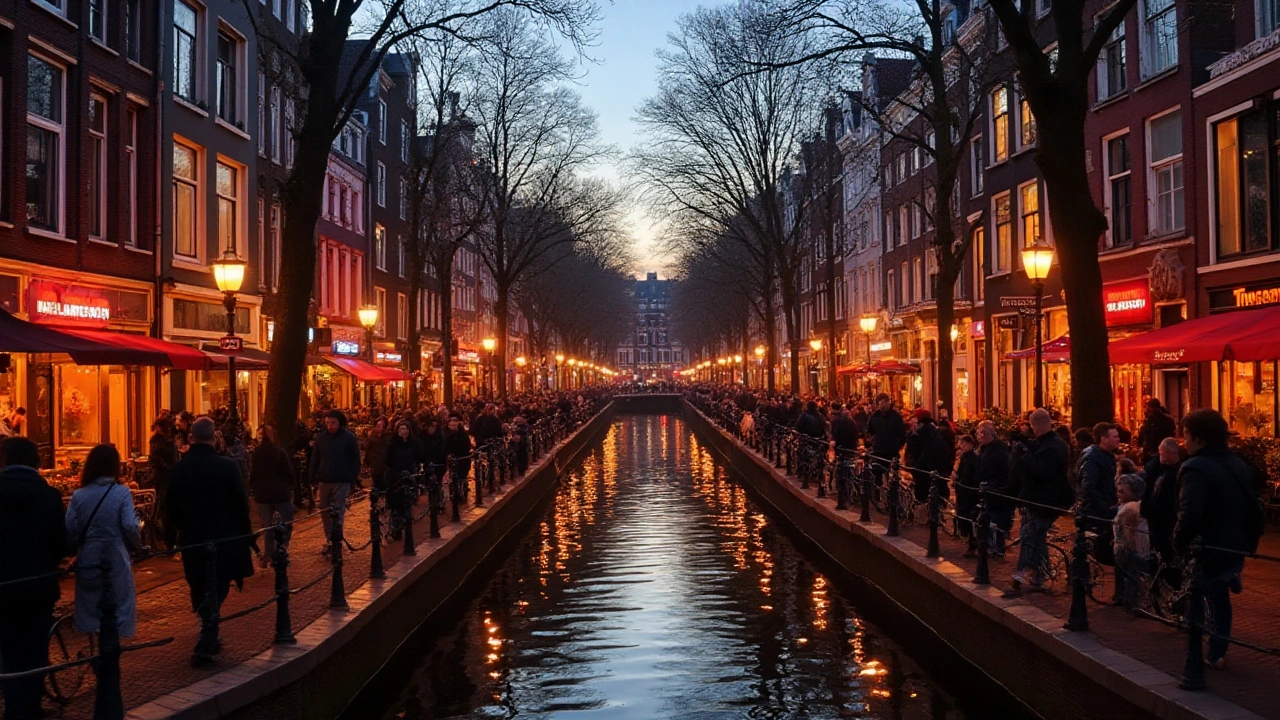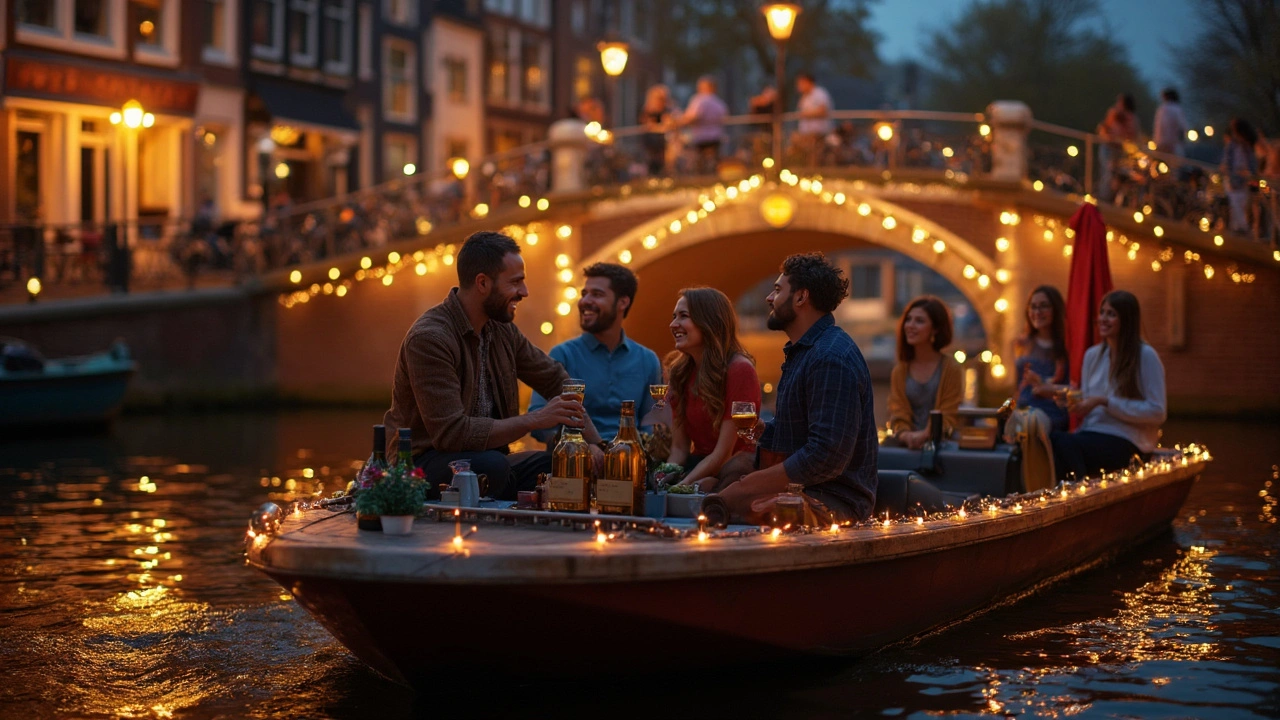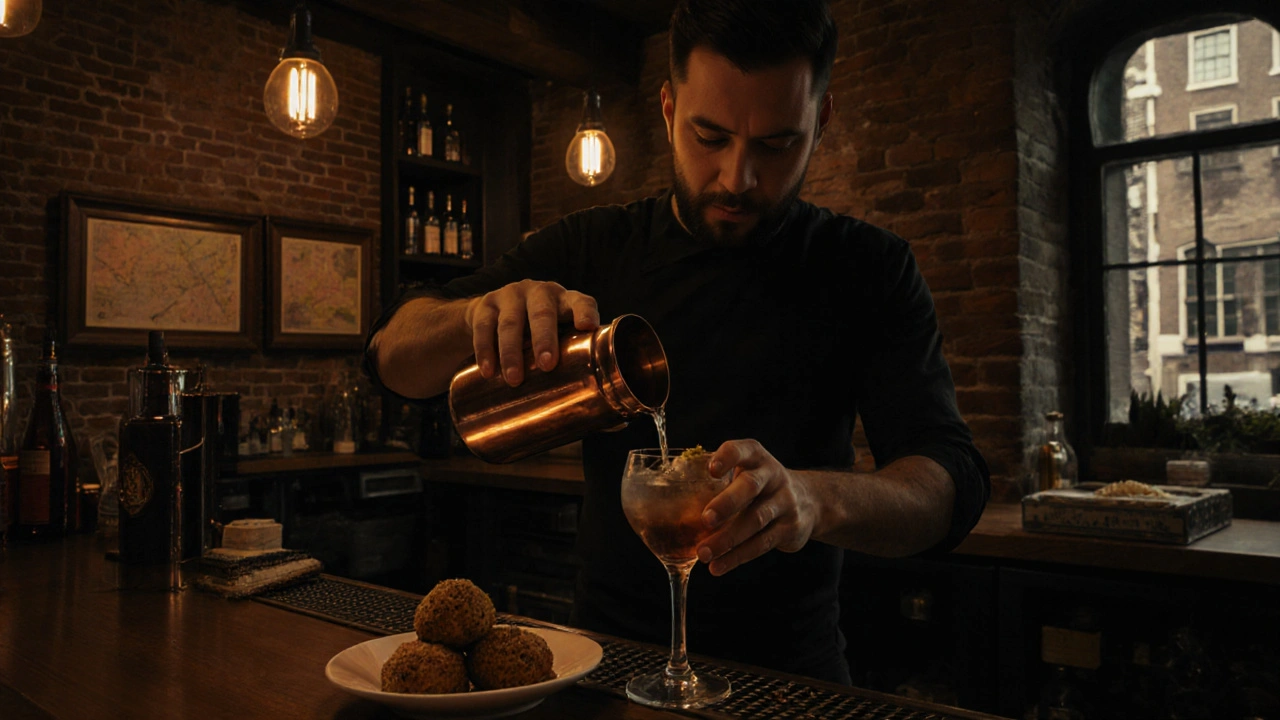
In Amsterdam, the cocktail isn’t just a drink-it’s a statement. While the city’s canals reflect the golden hour glow of sunset, its hidden bars reveal a quiet revolution in how drinks are made, served, and experienced. Forget the crowded red light district pubs and tourist traps selling cheap gin and tonics. Amsterdam’s real cocktail scene thrives in dimly lit rooms, behind unmarked doors, and inside converted 17th-century warehouses where bartenders treat each glass like a piece of art.
Where Tradition Meets Innovation
Amsterdam’s cocktail culture didn’t start with Instagrammable garnishes. It grew from the city’s deep-rooted love for jenever, the Dutch ancestor of gin. At De Drie Graefjes is a historic jenever bar in the Jordaan district that has been serving traditional Dutch spirits since 1932, you’ll find over 150 varieties of jenever, each poured with care, sipped slowly, and paired with a small plate of bitterballen. But even here, the old meets the new: their signature cocktail, the Amsterdamsche Damp, blends aged jenever with smoked honey, bergamot, and a touch of caraway-elegant, earthy, and unmistakably Dutch.Just a few blocks away, The Jane is a speakeasy-style lounge hidden behind a refrigerator door in a quiet canal house, known for its experimental infusions and zero-waste philosophy takes things further. Their bartender, Lina, uses Dutch apple pomace from local cider makers, Dutch lavender from the Keukenhof region, and even fermented black garlic from a farm in Flevoland. She doesn’t just shake drinks-she tells stories. One of her most talked-about creations, the Waterland Sour, uses a base of distilled Amsterdam tap water infused with wild rosehips and a splash of Dutch aquavit. It tastes like the city itself: crisp, complex, and quietly proud.
The Unmarked Doors and Hidden Spaces
Amsterdam’s best cocktail spots don’t advertise. You won’t find them on Google Maps with five-star ratings. You find them through word of mouth, by noticing a faint jazz tune drifting from a basement window, or by spotting a single red lantern hanging outside a nondescript doorway. Cocktailbar 1886 is tucked beneath a bakery in the De Pijp neighborhood, accessible only through a narrow staircase that smells like cinnamon and aged oak. The bar doesn’t have a menu. Instead, the bartender asks you three questions: What’s your mood? What’s your favorite memory tied to flavor? And how much time do you have? Then, they disappear into the back, returning 15 minutes later with a drink that feels like it was made just for you.Another gem, Café de Jaren is a retro-chic lounge inside a former 1960s bank vault in the Rembrandtplein area, where the walls still bear the original steel shutters and the cocktails are served in vintage crystal glasses. Their Amsterdam Fog cocktail-gin, smoked tea, elderflower, and a mist of rosewater released with a bellows-is served with a side of black-and-white photos of 1970s Dutch jazz musicians. It’s not just a drink; it’s a time capsule.
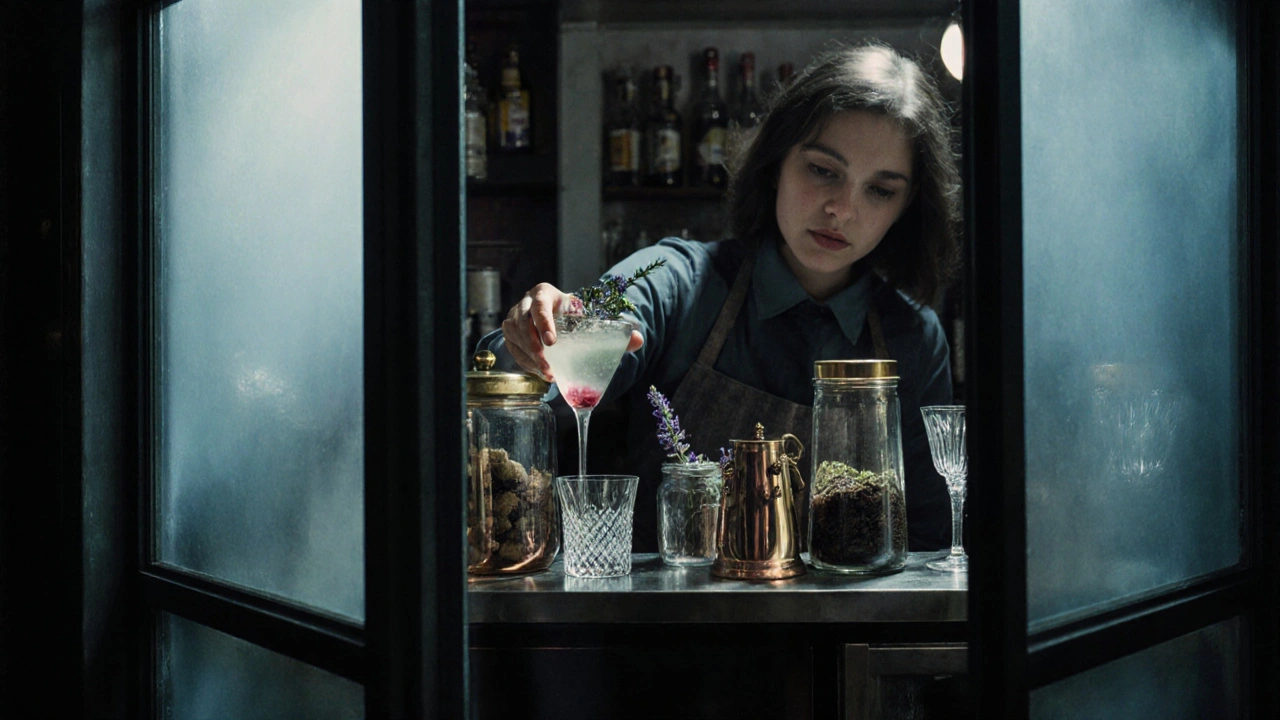
Why Amsterdam’s Cocktail Scene Is Different
Unlike London or New York, where cocktail bars often compete on price tags and celebrity chefs, Amsterdam’s scene thrives on intimacy and authenticity. There’s no need for velvet ropes or bottle service. The focus is on craftsmanship, local ingredients, and the quiet ritual of drinking well. Many bartenders here train at the Dutch Bartending Academy in Utrecht, where students learn not just how to mix drinks, but how to understand Dutch flavor profiles, seasonal produce, and the cultural history behind every spirit.Seasonality matters. In spring, you’ll find cocktails made with wild garlic from the Vondelpark woods. In autumn, they use bruised apples from the orchards near Haarlem and spiced with cloves harvested from the Dutch East Indies legacy still present in Amsterdam’s spice warehouses. Even the ice is local-some bars freeze filtered Amstel River water in copper molds to reduce metallic notes.
What to Order When You’re in Amsterdam
If you’re new to the scene, here’s what to try-based on real drinks you can find right now:- The Amsterdam Sour (at The Jane): Gin, apple brandy, lemon, and a touch of blackcurrant syrup. Served with a candied rose petal. Perfect for sunset on the Prinsengracht.
- De Drie Graefjes Jenever Flight (at De Drie Graefjes): Three small pours-oud, jong, and kruiden-paired with salted licorice. Best enjoyed before dinner.
- Waterland Sour (at The Jane): A bracing, herbal, slightly smoky sip that tastes like walking through a Dutch polder at dawn.
- Amsterdam Fog (at Café de Jaren): A sensory experience. The mist rises as you lift the glass. Don’t rush it.
- Spice Route Negroni (at Cocktailbar 1886): Campari, gin, vermouth, and a single star anise from the former Dutch East Indies. Served in a chilled ceramic cup.
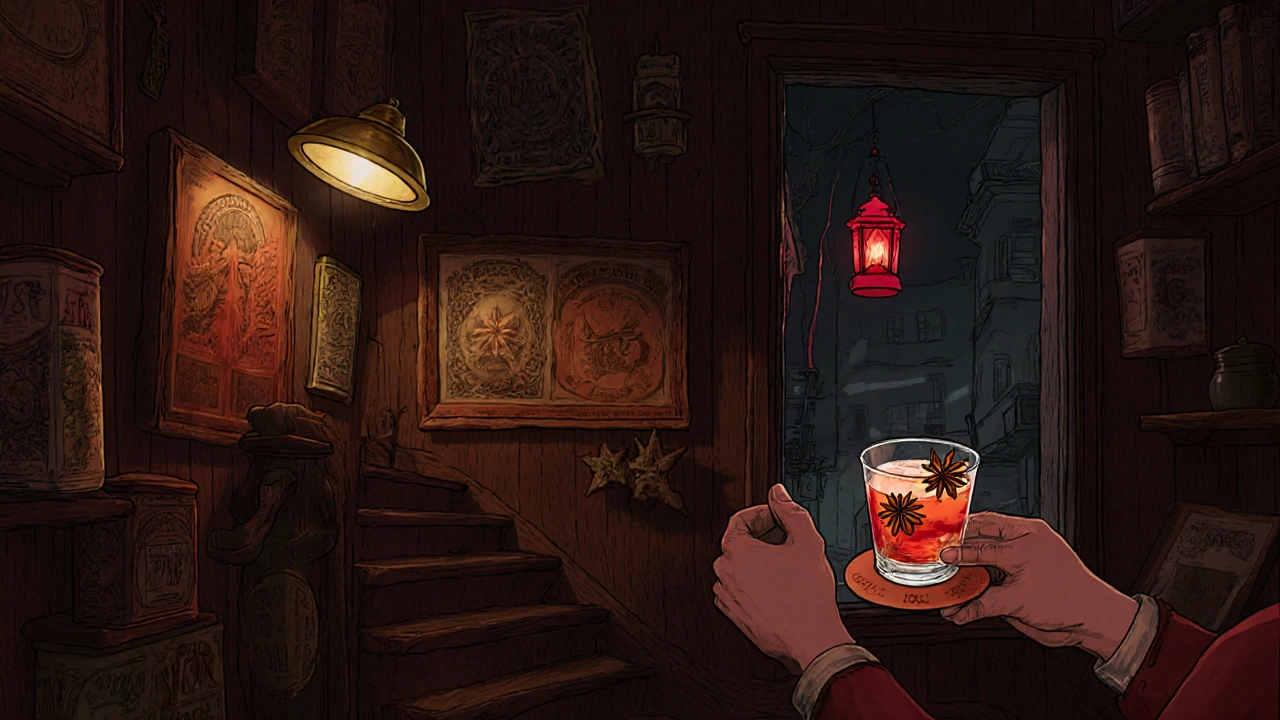
When to Go and How to Behave
Amsterdam’s cocktail lounges don’t operate like clubs. They’re quiet, thoughtful spaces. Most open at 6 p.m. and close by midnight. Weekends are busy, but weekdays-especially Tuesday and Wednesday-are when you’ll find the most authentic experience. Locals know this. Tourists rarely do.Don’t expect loud music or dancing. These aren’t places to get drunk. They’re places to taste. Bring a friend. Talk. Ask questions. Bartenders here love explaining their process. Tip well-not because it’s expected, but because it shows you value the craft.
And if you’re looking for a nightcap after dinner? Skip the kebab shop. Walk to the nearest canal, find a bar with a single lit window, and step inside. The drink you get won’t just be good-it’ll feel like you’ve been let in on a secret the city has kept for decades.
What’s Next for Amsterdam’s Cocktail Scene
The next wave is coming from sustainability and hyper-local sourcing. Bars like The Green Bottle in the Oud-West district are now using only ingredients grown within a 50-kilometer radius of Amsterdam, including foraged sea kale from the Wadden Sea coast and wild mint from the dunes near Zandvoort. They’ve even started composting spent botanicals into soil for rooftop herb gardens.Some are experimenting with Dutch cannabis-infused syrups-legal under strict conditions-in non-alcoholic cocktails. Others are reviving forgotten Dutch liqueurs from the 1800s, like Heerenlyck, a bitter-sweet herbal digestif once popular among merchants.
One thing’s certain: Amsterdam’s cocktail scene isn’t chasing trends. It’s building a legacy-one carefully stirred glass at a time.
What’s the best time to visit a cocktail lounge in Amsterdam?
The best time is between 6 p.m. and 9 p.m., especially on weekdays. Most lounges open at 6, and the atmosphere is calm before the weekend rush. Locals often come right after work for a quiet drink. Weekends are lively but can be crowded-reservations are recommended for places like The Jane and Cocktailbar 1886.
Are cocktail lounges in Amsterdam expensive?
Prices range from €12 to €22 per drink, which is fair for the quality. You’re paying for handcrafted ingredients, rare spirits, and skilled bartenders-not the location or the vibe. Some places, like De Drie Graefjes, offer jenever flights for under €15. Compared to London or Paris, Amsterdam is still reasonably priced for high-end mixology.
Do I need to make a reservation?
For the most popular spots-The Jane, Cocktailbar 1886, and Café de Jaren-yes, especially on weekends. Many places don’t take online bookings; you’ll need to call or email. Some, like De Drie Graefjes, are first-come, first-served. Arrive early if you want a seat at the bar.
Can I find non-alcoholic cocktails in Amsterdam?
Absolutely. Places like The Green Bottle and The Jane have dedicated zero-proof menus. They use Dutch apple cider vinegar, fermented teas, and botanical infusions to create complex, flavorful drinks without alcohol. Some even use cannabis-derived terpenes for depth-legal under Dutch regulations for non-intoxicating use.
What’s the difference between jenever and gin?
Jenever is the Dutch ancestor of gin. It’s made from malt wine (like a light whiskey) and infused with juniper and other botanicals. It’s maltier, sweeter, and less dry than modern gin. Traditional jenever is served chilled in small tulip glasses, often with a snack. Gin, especially London dry, is cleaner and more botanical-forward. In Amsterdam, you’ll find both-but jenever is the soul of the city’s drinking heritage.
If you’re looking to explore Amsterdam’s hidden bars, start with De Drie Graefjes for tradition, The Jane for innovation, and Cocktailbar 1886 for mystery. Each one tells a different part of the city’s story-and each cocktail is a chapter you won’t forget.

